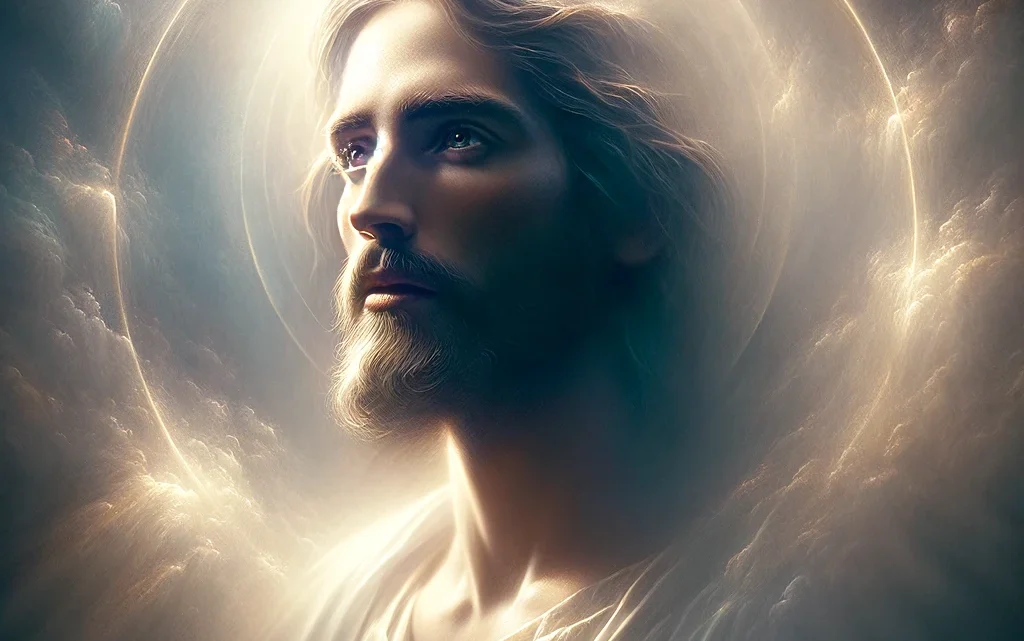“From Temples Made of Stone to the Heart’s Living Altar: Redefining Divine Encounter in the New Covenant”


In the evolution of Christian theology, the transformation from the Aaronic Priesthood to the believer’s body as a temple signifies a profound shift in the locus of divine encounters. This transition not only redefines the nature of priesthood and worship but also embodies the essence of the New Covenant—a direct, personal relationship with God. Central to understanding this shift is exploring the figure of Melchizedek and the scriptural references that anchor these theological concepts.
The Fulfillment of the Aaronic Priesthood Through Christ
The Old Testament established the Aaronic Priesthood as essential for mediating between God and Israel, primarily through animal sacrifices for atonement (Leviticus 16). However, the New Testament, particularly the Book of Hebrews, articulates how Christ’s sacrifice as the ultimate high priest supersedes the Aaronic order. Hebrews 7:27 emphasizes, “Unlike the other high priests, he does not need to offer sacrifices day after day, first for his own sins, and then for the sins of the people. He sacrificed for their sins once for all when he offered himself.”
The Significance of Melchizedek
Melchizedek, whose name means “king of righteousness,” and who was also king of Salem, meaning “peace,” is a mysterious yet pivotal figure. Appearing in Genesis 14:18-20, Melchizedek blesses Abram, serving him bread and wine, and Abram gives him a tenth of everything. This scene is crucial for understanding Melchizedek’s role as a priest of God Most High, predating and transcending the Aaronic Priesthood.
The New Testament elevates Melchizedek’s significance as a type of Christ. Hebrews 7:1-3 draws a parallel, “This Melchizedek was king of Salem and priest of God Most High… Without father or mother, without genealogy, without beginning of days or end of life, resembling the Son of God, he remains a priest forever.” The text suggests that Melchizedek’s priesthood, like Christ’s, is eternal and universal, not limited by lineage or the confines of the Law.
Christ as the Eternal High Priest
Christ’s priesthood, aligned with Melchizedek’s order, marks a new era. Hebrews 6:20 states, “where Jesus has entered on our behalf as a forerunner, becoming a high priest forever in the order of Melchizedek.” This indicates that Jesus, the one true Melchizedek of his time, not only fulfills the sacrificial system but also inaugurates an everlasting priesthood, accessible to all believers.
The Temple Transformed: Believers as the Dwelling Place of God
The concept that believers’ bodies are temples of the Holy Spirit (1 Corinthians 6:19-20) revolutionizes the understanding of divine presence and worship. It signifies a shift from external rituals to a living, breathing relationship with God, facilitated by the indwelling Spirit. This personal temple underscores a direct communion with God, mirrored in the universal priesthood of all believers.
Conclusion: Embodying the New Covenant
The narrative from Aaronic Priesthood to the living temples of believers’ bodies encapsulates the New Covenant’s heart—direct access to God through Christ, the high priest after the order of Melchizedek, and a call to a holy life. This transformative vision invites believers to a deeper, more authentic engagement with their faith, where every action, thought, and breath becomes an act of worship.

